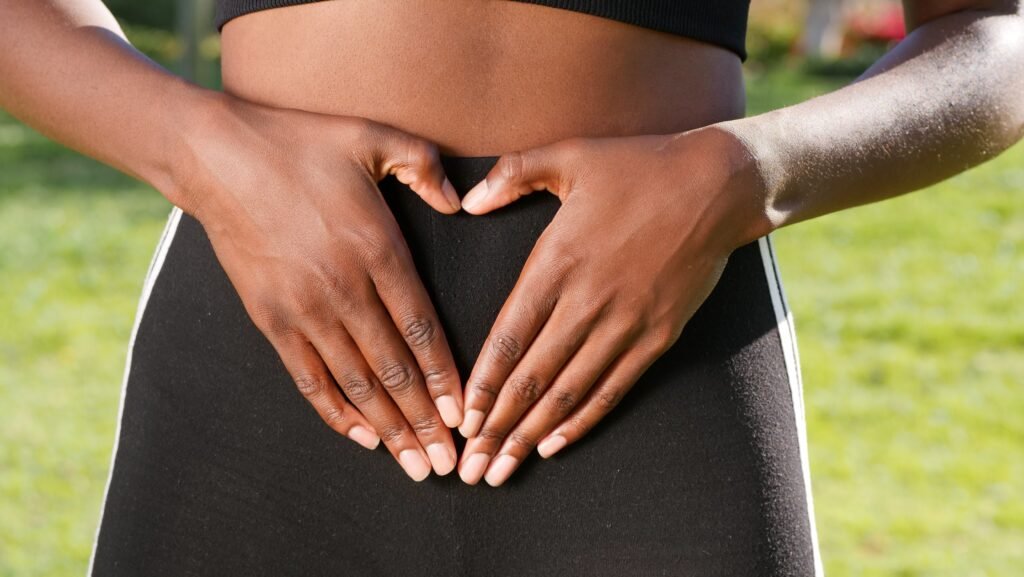Bile duct cancer, also known as cholangiocarcinoma, is a type of cancer that forms in the bile ducts. These tubes carry bile from the liver and gallbladder to the small intestine. Bile is a digestive fluid that helps the body digest fats. Bile duct cancer is an aggressive and difficult-to-treat cancer that is most common in people over the age of 60. Symptoms of bile duct cancer may include abdominal pain, jaundice, and weight loss. Treatment for bile duct cancer may include surgery, radiation therapy, chemotherapy, and targeted therapy.
Types
1. Intrahepatic Cholangiocarcinoma: Intrahepatic cholangiocarcinoma (ICC) is a type of cancer affecting the liver’s bile ducts. It is a rare type of cancer, but the incidence is increasing. Symptoms of ICC may include abdominal pain, jaundice, weight loss, and fever. Diagnosis is usually made through imaging tests such as CT scans, MRIs, and biopsies. Treatment options include surgery, chemotherapy, and radiation therapy. The prognosis for ICC is generally poor. However, if caught early, the cure rate can be as high as 75%.
2. Extrahepatic Cholangiocarcinoma: This type of bile duct cancer begins in the bile ducts outside the liver. Extrahepatic cholangiocarcinoma is a rare, malignant cancer of the bile ducts, which are the ducts that transport bile from the liver to the small intestine. It is considered aggressive cancer and has a poor prognosis. Symptoms may include jaundice, abdominal pain, fatigue, weight loss, and itching. Treatment may include surgery, chemotherapy, and/or radiation therapy.
3. Perihilar Cholangiocarcinoma: This type of bile duct cancer starts where the right and left hepatic ducts join.
4. Klatskin Tumor: This type of bile duct cancer begins in the area where the right and left hepatic ducts to come together.
5. Gallbladder Cancer: This type of bile duct cancer starts in the gallbladder, which is connected to the bile ducts.
Signs and Symptoms
- Abdominal pain
- Jaundice (yellowing of the skin)
- Clay-colored stool
- Dark urine
- Loss of appetite
- Nausea and vomiting
- Weight loss
- Fever
- Abdominal swelling
- Itchy skin
- Fatigue
Bile Duct Cancer Diagnosis
Several tests can be used to diagnose bile duct cancer, including blood tests, scans, biopsies, and endoscopic retrograde cholangiopancreatography (ERCP).
- Blood Tests: The first step in diagnosing bile duct cancer is to perform a blood test to check for elevated levels of liver enzymes and signs of other related conditions such as hepatitis or pancreatitis.
- Scans: Imaging scans such as CT and MRI scans are used to help detect tumors and determine how far cancer has spread.
- Biopsies: A biopsy may be performed to collect tissue samples from the bile duct for further examination under a microscope. ERCP:
- Endoscopic retrograde cholangiopancreatography (ERCP) is an imaging procedure that uses a thin, flexible tube with a camera to view the bile ducts and take tissue samples.
Read more:
Understanding the Causes and Treatment of Medulloblastoma
Kidney Cancer: What are the Symptoms and Treatment?
Prostate Cancer: What are the Symptoms and Treatment?
Signs of Breast Cancer: What to Look for?
Bile Duct Cancer treatment
The treatment depends on the stage of the cancer and other factors. Treatment options may include surgery, chemotherapy, radiation therapy, targeted therapy, and/or immunotherapy. The goal of treatment is to remove or destroy cancerous cells.
- Surgery: The primary treatment for bile duct cancer is surgery. Depending on the location and size of the tumor, the surgeon may remove a portion of the bile duct (partial resection) or the entire bile duct (total resection). Sometimes, the surgeon removes nearby lymph nodes or other organs, such as the gallbladder or pancreas.
- Radiation therapy uses high-energy X-rays or other particles to kill cancer cells. It may be used after surgery to kill remaining cancer cells or to shrink a tumor before surgery.
- Chemotherapy: Chemotherapy is a cancer treatment that uses drugs to kill cancer cells. It may be used as the primary treatment for bile duct cancer or with other therapies.
- Targeted therapy uses drugs to target specific proteins, genes, or tissues contributing to cancer growth and survival.


Pingback: Chronic Lymphocytic Leukemia or CLL - Cancer Care
Pingback: ACC or Adrenocortical Carcinoma - Cancer Care